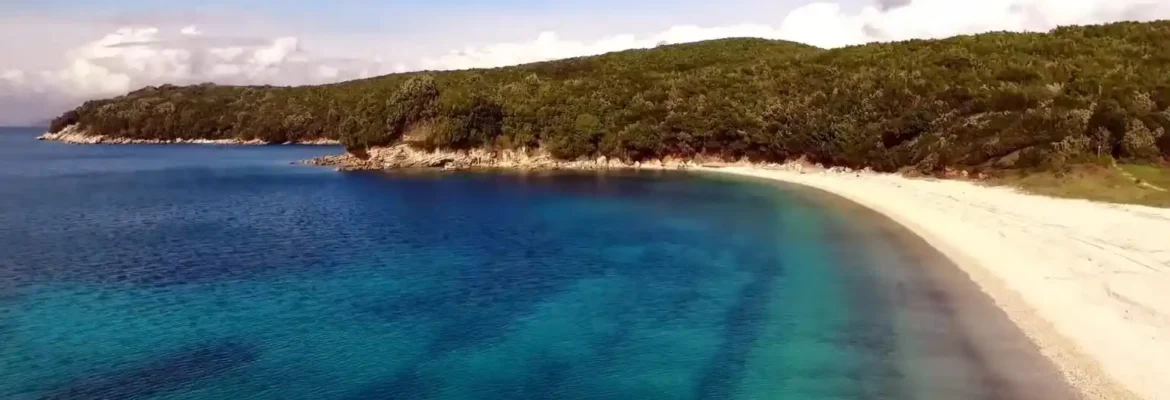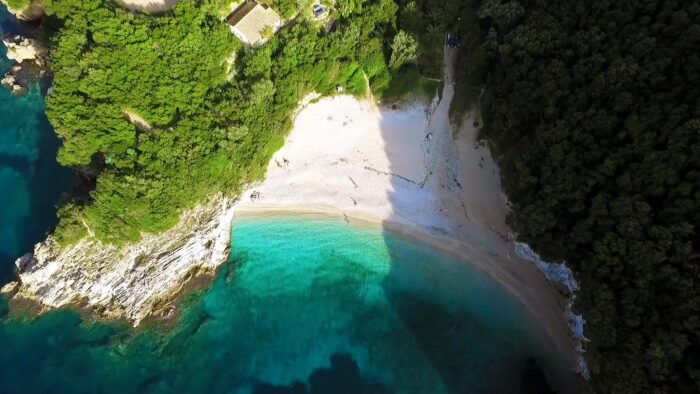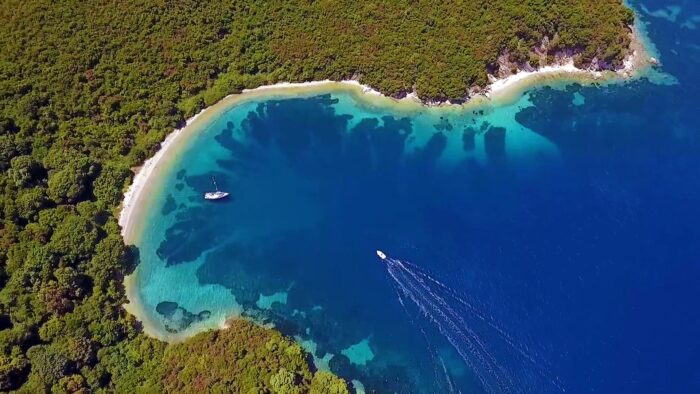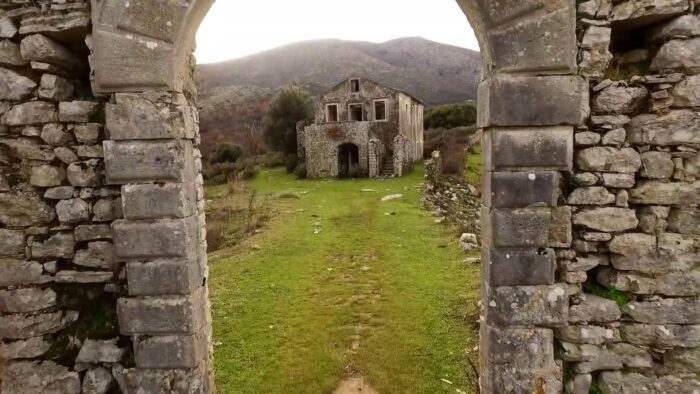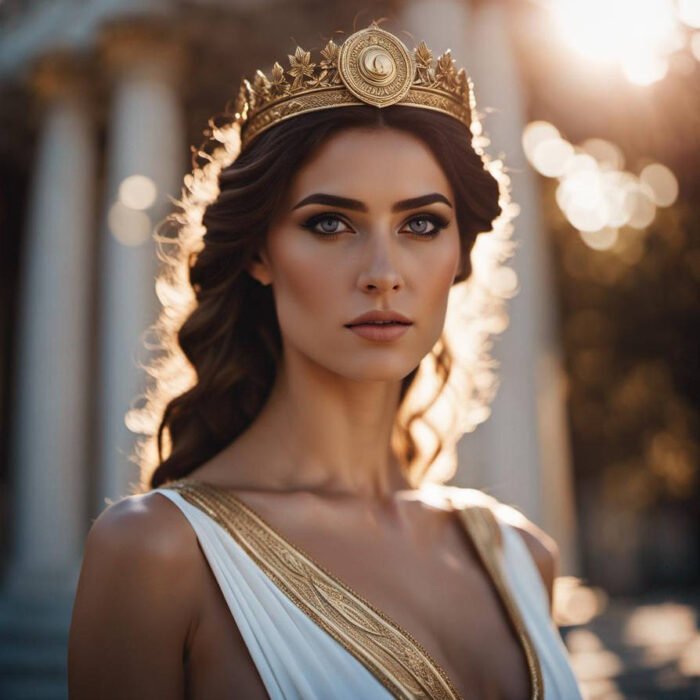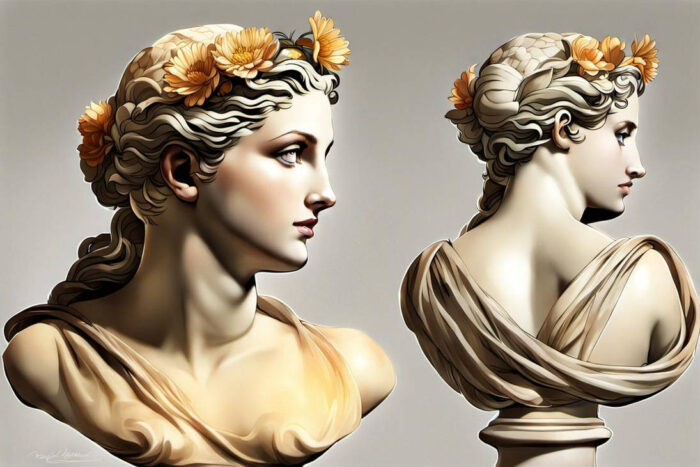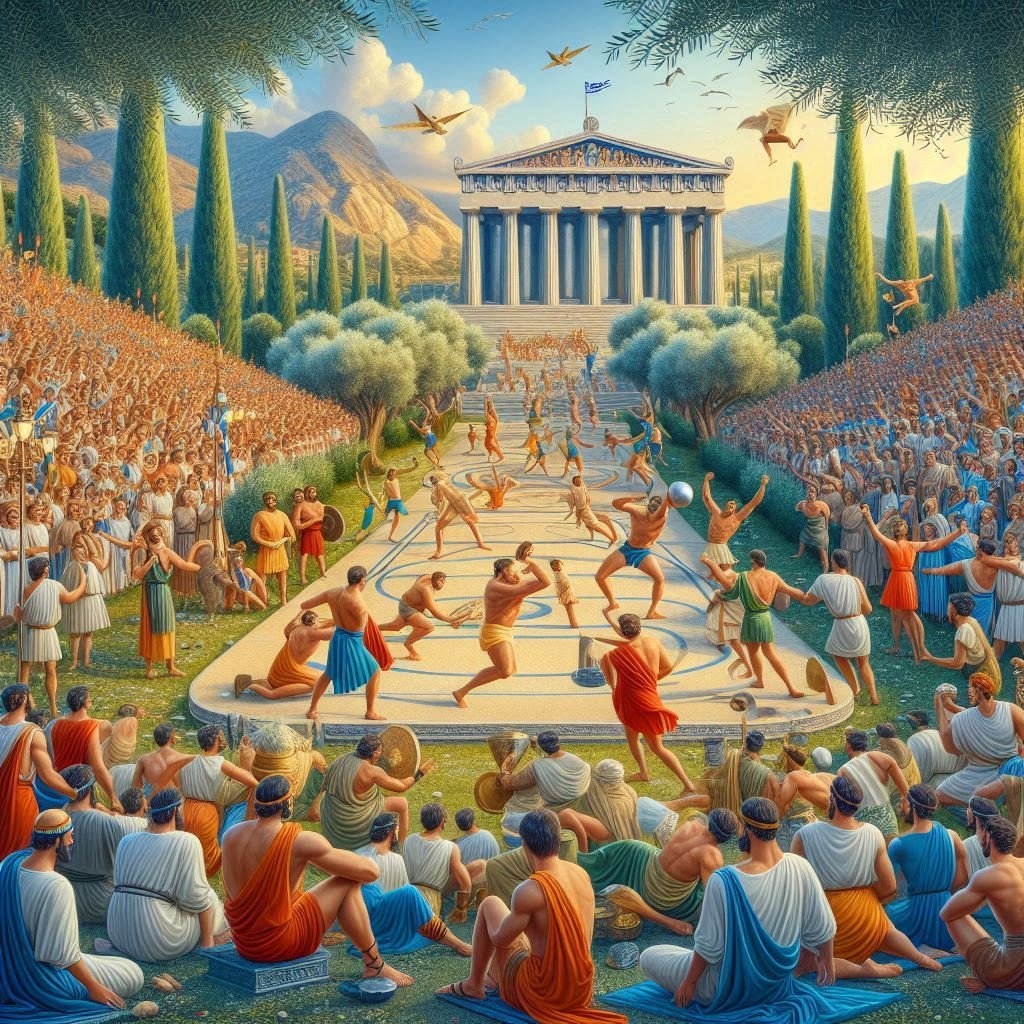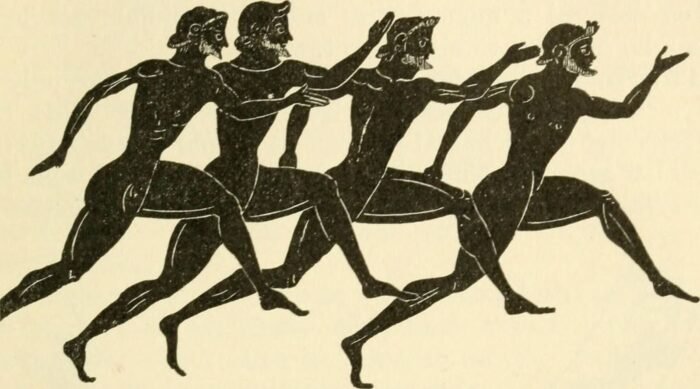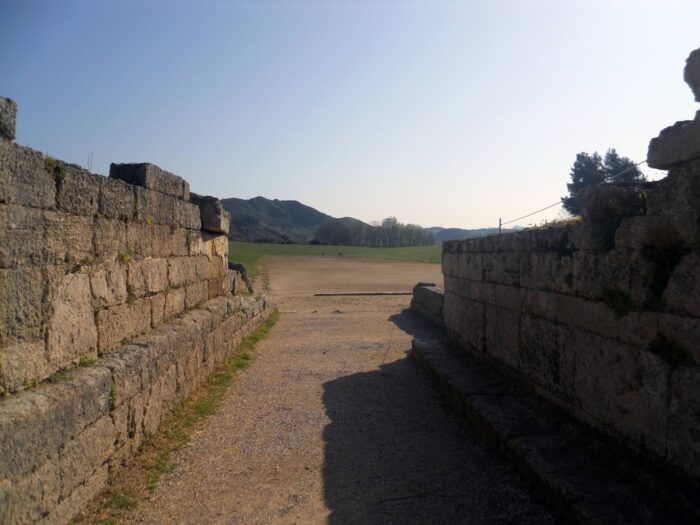Corfu is a gem of the Ionian Sea, perfect for families looking for a blend of excitement, education, and natural beauty.
The island’s diverse offerings ensure that families with children of all ages can have a memorable and enjoyable vacation. Here, we explore the best places and activities for families visiting Corfu.
Aqualand Water Park


One of the top attractions for families in Corfu is the Aqualand Water Park. Located in the heart of the island, this park is one of the largest in Europe and promises a day filled with fun and adventure.
It features numerous slides, from adrenaline-pumping rides for older kids and adults to gentler options for younger children.
The lazy river and wave pool provide relaxation, while the children’s areas are equipped with smaller slides and water play zones.
Aqualand also has plenty of shaded areas, cafes, and snack bars, ensuring a comfortable and enjoyable visit for the entire family.
Corfu Aquarium
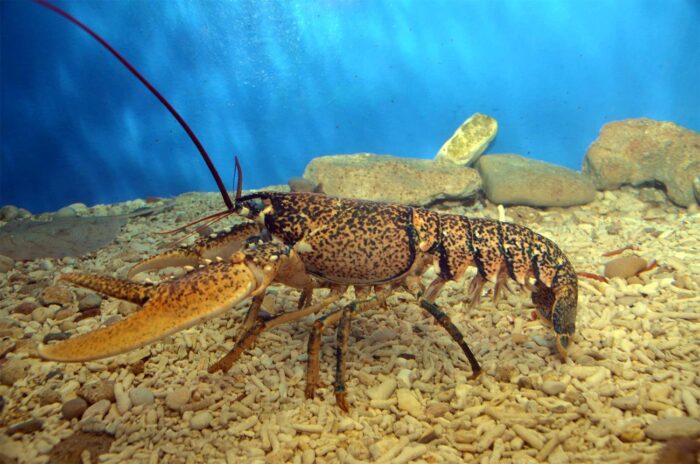

For an educational experience, the Corfu Aquarium is a must-visit.
Situated in Paleokastritsa, the aquarium showcases a variety of marine life native to the Ionian Sea.
Kids can learn about different species of fish, sea urchins, starfish, and other marine creatures.
The aquarium also offers interactive experiences, allowing children to touch and hold some of the animals, making learning fun and engaging.
The knowledgeable staff provide fascinating information and answer any questions, enhancing the educational value of the visit.
Hydropolis Water Park
Another great spot for water-based fun is the Hydropolis Water Park in Acharavi.
This park combines thrilling water slides and pools with educational exhibits.
It’s a fantastic place for children to learn about the water cycle and environmental conservation while enjoying the various water attractions.
The park also features a large play area, making it perfect for younger kids to splash around safely.
Donkey Rescue Center
A unique and heartwarming experience awaits at the Donkey Rescue Center in South Corfu.
This sanctuary is dedicated to the care and rehabilitation of donkeys, many of which have been rescued from difficult situations.
Visitors can interact with the donkeys, learning about their stories and the center’s efforts to protect them.
It’s an educational and emotional experience that teaches children about compassion and animal welfare.
Corfu Trail
For families who love outdoor adventures, the Corfu Trail offers a variety of scenic walks suitable for all ages.
This long-distance trail spans the length of the island, but many sections are perfect for day hikes.
Walking through olive groves, coastal paths, and traditional villages, families can enjoy the island’s natural beauty and discover hidden gems along the way.
The trail provides a great opportunity for children to learn about the local flora and fauna while enjoying the fresh air and exercise.
Achilleion Palace
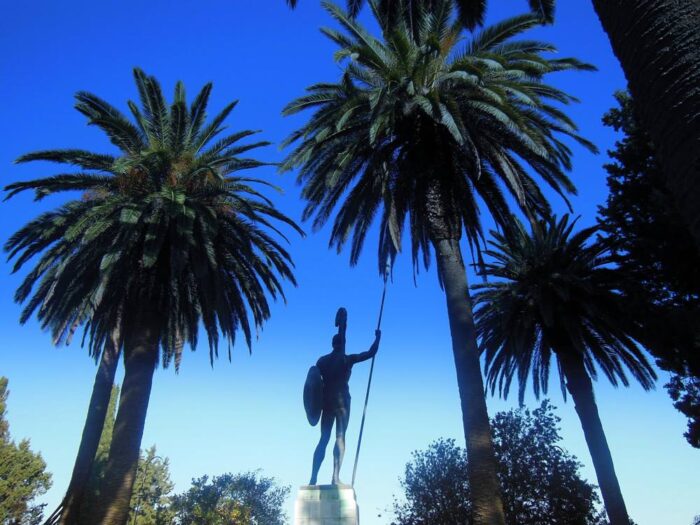

For a taste of history, families can visit Achilleion Palace — children love the statues of Achilles and the palace gardens’ mythological details.
The palace is dedicated to Achilles, the hero of Greek mythology, and is filled with statues and artworks that bring his story to life.
Children can learn about Greek myths and history while exploring the palace and its grounds.
The gardens offer a peaceful setting for a family picnic, with views of the sea and the surrounding countryside.
Learn more about the Achilleion Palace
Porto Timoni Beach
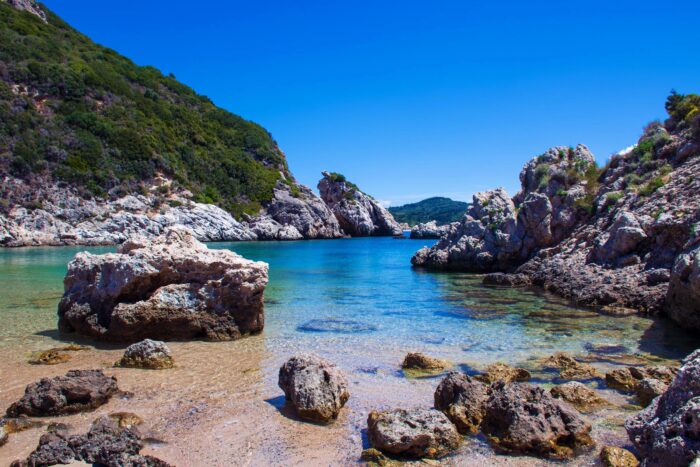

For a bit of adventure, families can hike to the Porto Timoni double beach.
This unique beach is located near the village of Afionas and consists of two crescent-shaped bays connected by a narrow strip of land.
The hike to Porto Timoni is moderately challenging but rewarding, with breathtaking views along the way.
Once there, families can enjoy swimming, snorkeling, and exploring the natural beauty of this secluded spot.
Blue Lagoon and Boat Trips
Boat trips are a fantastic way to explore Corfu’s coastline and discover hidden coves and beaches.
The Blue Lagoon is a popular destination for such trips. Families can enjoy swimming and snorkeling in the crystal-clear waters, spotting colorful fish and other marine life.
Some tours also include stops at nearby caves and secluded beaches, providing a day of adventure and exploration.
For those who prefer a more relaxed experience, a glass-bottom boat tour is an excellent choice.
These tours allow families to observe the underwater world without getting wet, making it a perfect activity for young children or those who are not comfortable swimming.
Local Taverns and Cuisine
No visit to Corfu is complete without sampling the local cuisine.
Family-friendly tavernas are scattered throughout the island, offering delicious dishes made with fresh, local ingredients.
Traditional Corfiot dishes such as Pastitsada (a beef stew with pasta), sofrito (veal in a white wine sauce), and bourdeto (spicy fish stew) are must-tries.
Many tavernas have outdoor seating and play areas for children, making them perfect for a family meal.
Spas and Relaxation
For families looking to relax and unwind, many of Corfu’s luxury resorts and hotels offer spa services and wellness programs.
Parents can enjoy a massage or spa treatment while children take part in supervised activities and kids’ clubs.
This allows everyone to enjoy some downtime and return home refreshed and rejuvenated.
Festivals and Events
Corfu hosts numerous festivals and events throughout the year, many of which are family-friendly.
The Corfu Carnival in February or March features colorful parades, costumes, and performances that delight children and adults alike.
The Easter celebrations in Corfu are particularly famous, with unique traditions such as the pot-throwing event on Holy Saturday, where clay pots are thrown from windows to mark the Resurrection.
Horse Riding
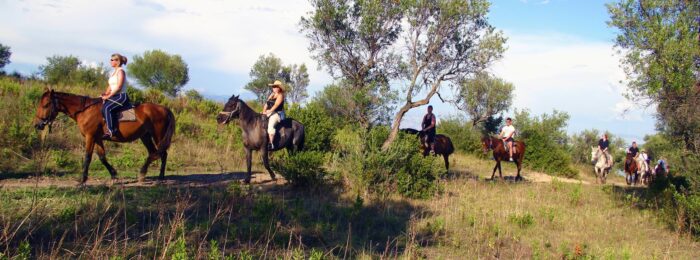

Horse riding is another fantastic activity for families in Corfu.
Several equestrian centers offer guided rides through the island’s scenic countryside.
These excursions are suitable for all levels, from beginners to experienced riders.
It’s a wonderful way to experience Corfu’s natural beauty and enjoy a memorable family adventure.
Exploring Traditional Villages
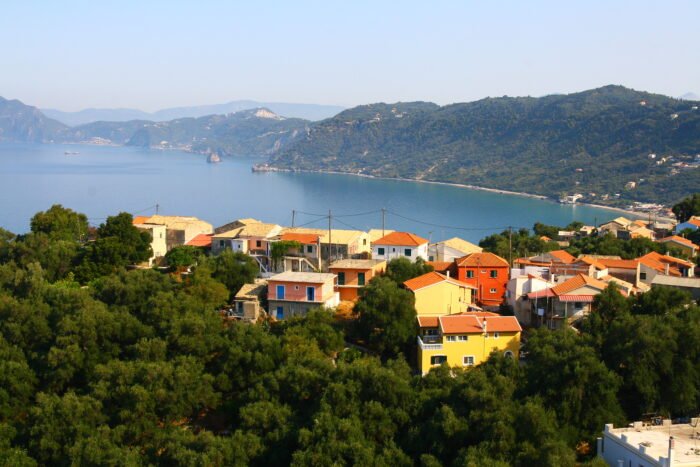

Visiting Corfu’s traditional villages provides a glimpse into the island’s cultural heritage.
Places like Pelekas, Lakones, and Benitses offer charming streets, historical architecture, and a slower pace of life.
Families can explore the villages, meet residents, and enjoy traditional Greek hospitality.
Many villages have small museums and churches that offer insights into Corfu’s history and traditions.
Mon Repos Palace


The Mon Repos Palace, located on the outskirts of Corfu Town, is another historical site worth visiting.
This neoclassical palace was the birthplace of Prince Philip, Duke of Edinburgh.
The palace is surrounded by beautiful gardens and parkland, providing a peaceful setting for a family stroll.
The site also includes the remains of ancient Corfu, with ruins of temples and other structures that add to the historical significance of the area.
Conclusion
Corfu is a family-friendly destination that offers a rich variety of activities and experiences.
From thrilling water parks and beautiful beaches to historical sites and cultural experiences, there’s something for everyone to enjoy.
Whether you’re seeking adventure, education, relaxation, or simply quality family time, Corfu has it all.
Its natural beauty, welcoming atmosphere, and diverse offerings make it a perfect choice for a memorable family vacation.


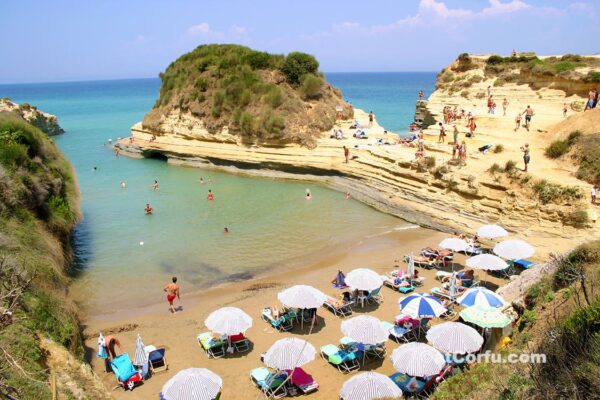
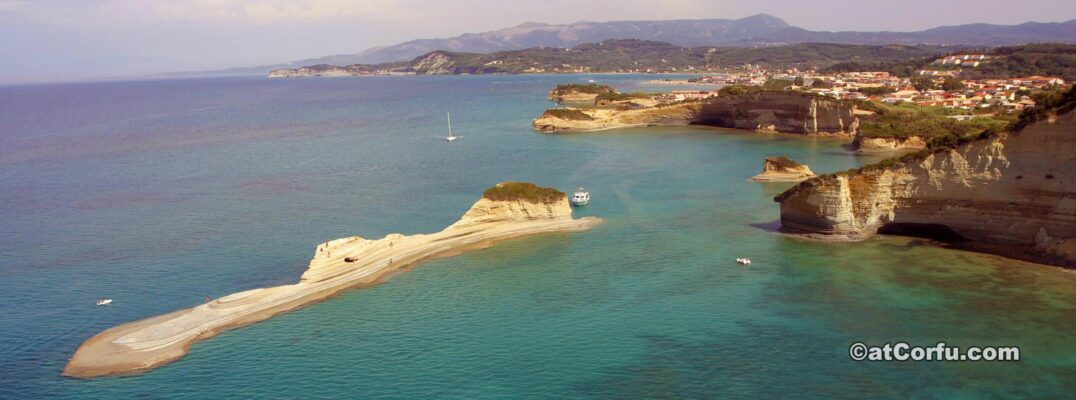
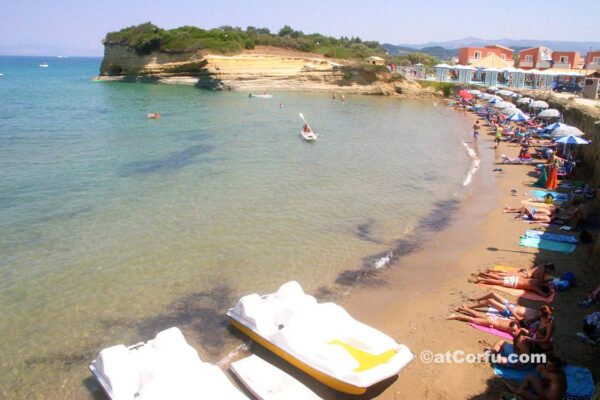
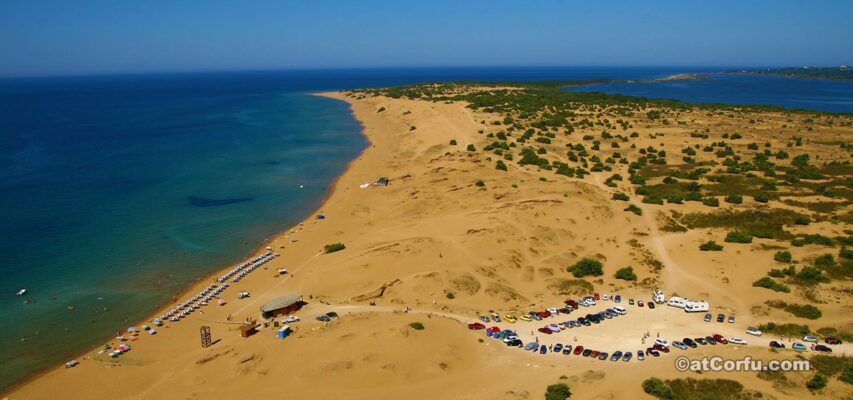
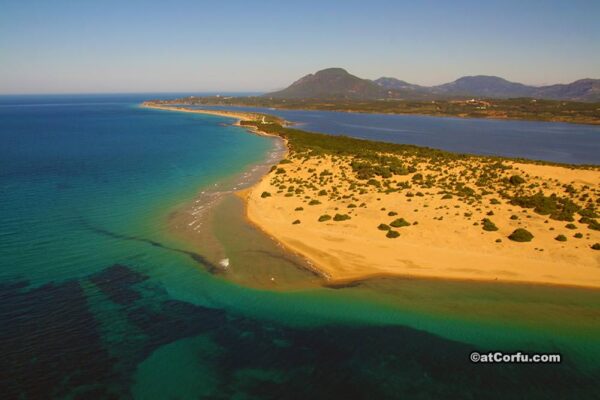

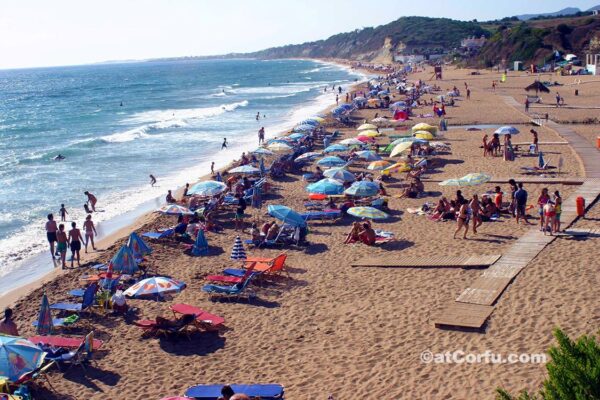
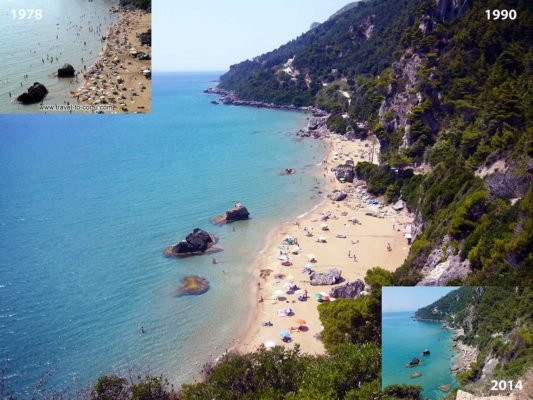
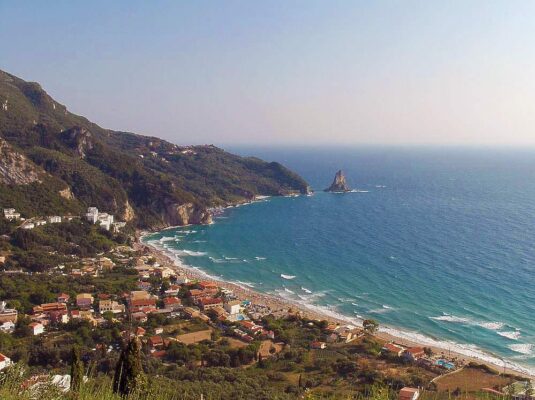
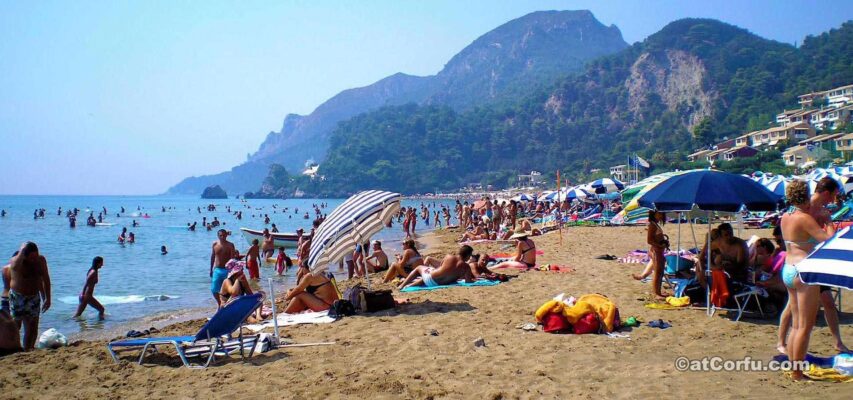
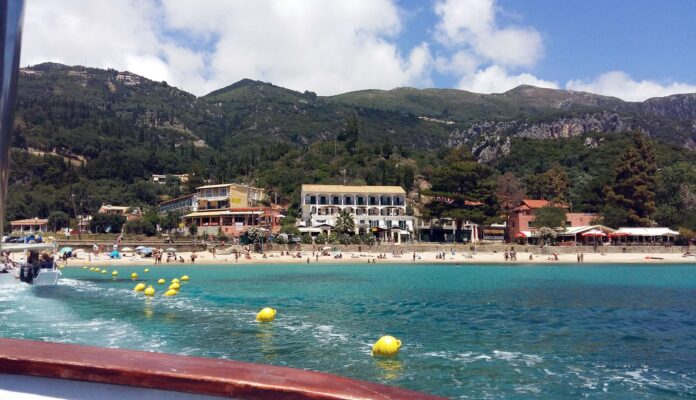
![The top 7 beaches in Corfu [Infographic] The top 7 beaches in Corfu [Infographic]](https://atcorfu.com/wp-content/uploads/2024/05/the-top-7-sandy-beaches-in-corfu.jpg)
